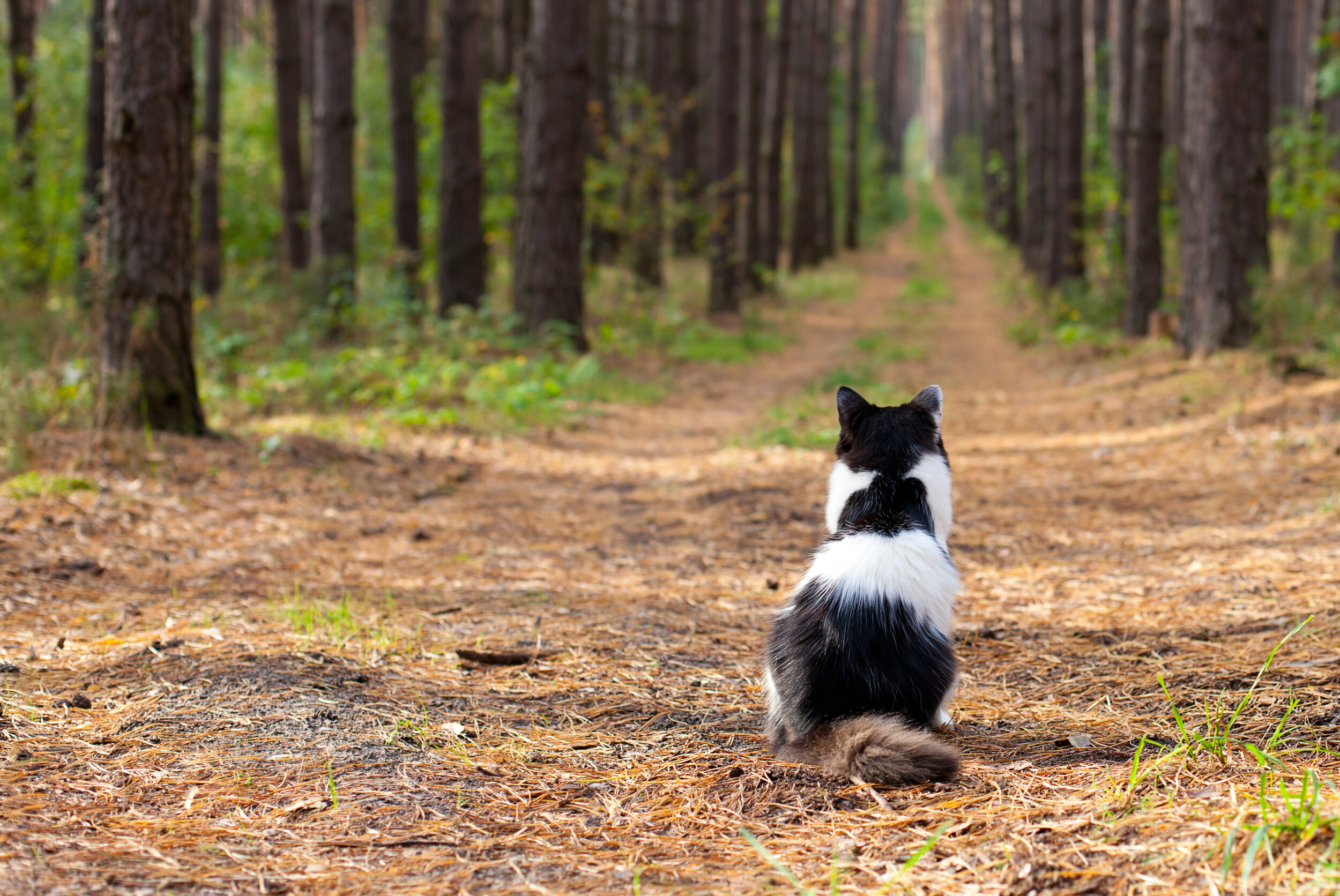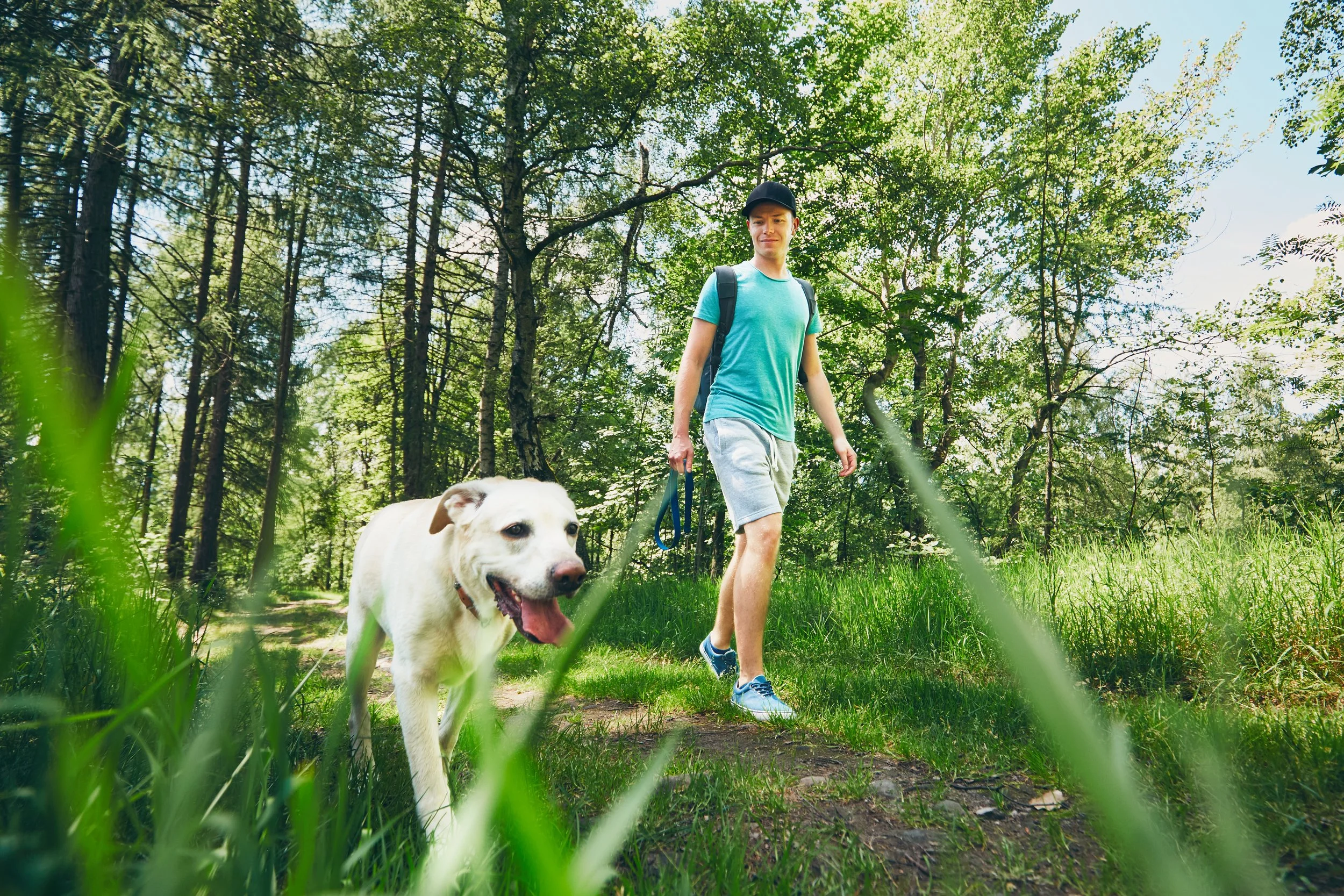Leave No Trace | Dog Edition
Adventurers all over are familiar with the seven basic principles of “Leave No Trace” and a lot of adventure seekers are excellent at following those guidelines. When it comes to hitting the trails with your furry companions though, not all nature enthusiasts think about the impact a pet could have on the environment.
Dogs can have a significant impact on wildlife, nature, and vegetation. It is important to help your pet follow the “Leave No Trace” or LNT principles.
1. Have A Plan, Be Prepared
The first and most crucial step is planning. Having a plan ensures that you have a safe visit with your pet while protecting the ecosystem. Research plays a significant role in any adventure, especially with pets.
It is important to check the regulations at whichever park, trail, or campground you are venturing to with your four-legged friend.
Questions to ask:
Do they allow dogs?
What are the leash rules?
What are the trail conditions?
Are the trails safe for dogs?
How does my pet react to wildlife?
Can my pet handle the distance?
Is my pet prepared for the weather conditions?
Can I carry enough water and food for my pet?
2. Nature Calls? Pack It Out.
It is inevitable that your pet will need to poop on the trail or at the campsite at some point. As responsible pet owners, you must ALWAYS pick up waste and pack it out.
If you do not want to carry the smelly bag, you can get a pack for your dog to carry it. If you are on a multi-day adventure, you can bury the waste in a 6-to-8-inch hole, away from water, camp, and trails, just as you would your own waste.
Other animals' poop in the woods, why can’t my dog?
The answer is: their diet. Your pet’s waste is home to a variety of bacteria and nutrients that can disrupt the natural environment. According to the Clean Water Campaign (CWC), pet waste contains harmful bacteria such as E. Coli and fecal coliform, unlike the waste of wild animals. These nutrients have the potential to cause excessive algae growth in lakes or rivers that would upset the natural balance of that ecosystem. The American Animal Hospital Association (AAHA) states that most dogs eat pet food that is rich in nutrients designed to provide them with a healthy diet. Those pet foods lead to excess nutrients like nitrogen and phosphorus in the natural environment, creating unstable conditions in many ecosystems.
Wildlife forages for food in their own environment, meaning that they are consuming resources and nutrients from the same ecosystem that they call home. If we introduce foreign nutrients by not picking up our pet’s waste, then we are upsetting that balance.
3. Stay on durable, marked trails
A dog walking off trail does not do as much damage to wildlife as a human stomping the grounds in boots, but it can be just as disruptive to the environment. On the trail, the dog will be less likely to disturb wildlife, leave waste behind without you knowing, or get themselves hurt.
If you choose to camp with your furry friend, choose established sites at least 100 feet off trail and 200 feet away from water sources. This will allow your dog to roam and mark their territory but will also allow natural wildlife access to their established watering holes.
4. R-E-S-P-E-C-T, find out what it means to wildlife
Pets are curious by nature and are often tempted to bother wildlife. Avoid letting your furry friend disturb other animals or disrupt bird nests and vegetation. One of the best ways to avoid wildlife harassment is to keep your pet leashed in places where it is required. It is also crucial that your dog has good recall in the wild so they will not wander away to bother animals, while ignoring your commands.
5. Leave What You Find
Your dog might not take random rocks or stack them, but this LNT principal applies to the four-legged adventurers too. Do not allow your pets to dig holes and move sticks around, leave nature how you found it. Instead, bring a lightweight toy to distract your furry friend or some crowd-pleasing Triumph Jerky Bites.
Always inspect your pet after your outdoor exploration for unwanted pests found on trails, like ticks that can carry harmful diseases or thorns that could cause irritants or infections.
As always, take nothing but pictures, leave nothing but pawprints.
6. Think of Two-Legged Adventurers
“Do unto others as you would have them do unto you.”
This golden rule applies in the outdoors just as much as it does in everyday life. Adventurers that allow their dogs to disrupt and disturb natural areas are one of the biggest reasons why dogs are not allowed in every park or on every trail. Make sure that your dog does not disturb other nature enthusiasts with excessive barking, begging for food, or running up to strangers without a leash. Though your dog may be friendly, not all dogs are. Pay attention to other dogs on the trail that are on leash and communicate with their owners. Not all dogs are comfortable being greeted by new friends. Whatever the leash rule may be around your adventure, you know your pet better than anyone and it is up to you to be respectful.
Don’t let your dog’s experience ruin the experience of others.
7. Minimize Campfire Impacts
Although your pet might not be capable of building a fire, you can forget the fire idea altogether by bringing warm attire for you and your dog. Plan for your dog just as you would for your own comfort on the trail. If you do choose to burn some logs, make sure your dog is safe by keeping their leash away from the flames and keeping them from grabbing sticks out of the fire. Campfires can cause lasting impacts to the environment, so the National Park Service suggests keeping fires small and only using dead wood from the ground. Always burn all wood and coals to ash and put out campfires completely, then scatter cool ashes before leaving.
Before you head out on your next adventure, don’t forget to pack your Triumph Treats! They give your dog a wholesome and delicious reward for conquering nature with you. Make sure to tag @triumphpetfood the next time you share your next adventure on social media to be featured!






















